What the Shell? One Billion Crabs Have Mysteriously Disappeared From Alaska
Officials have canceled the upcoming winter crab season.
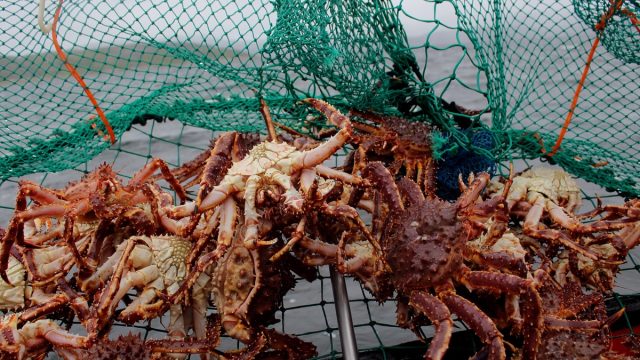
Just days after the World Wildlife fund released its biennial report on the decline of the global animal population—which found that freshwater animals have been hit particularly hard—CBS News reports that one billion crabs have disappeared from Alaska in the last two years, and experts aren’t sure why. Read on to find out what their theories are, and why the economy could lose hundreds of millions of dollars.
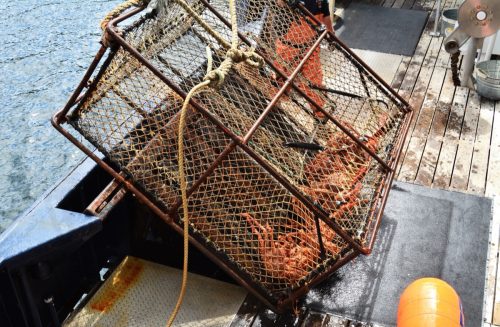
One billion crabs have disappeared from Alaska in the last two years—representing 90% of their population. The decline is so severe that fish and game officials have canceled the upcoming winter crab season for the first time in state history, restaurant menus will be affected, and scientists worry this may be an ominous sign for the global ecosystem, CBS correspondent Jonathan Vigliotti reported. The economy is likely to take a $200 million hit.
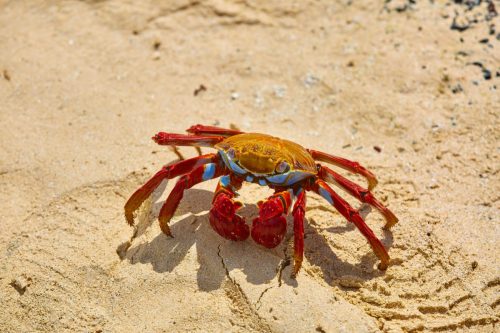
Ben Daly, a researcher with ADF&G, told CBS News that disease is a potential explanation. Another is climate change. NOAA indicates that Alaska is the fastest-warming state in the U.S, and crabs need cold water to survive.
“Environmental conditions are changing rapidly,” said Daly. “We’ve seen warm conditions in the Bering Sea the last couple of years, and we’re seeing a response in a cold-adapted species, so it’s pretty obvious this is connected. It is a canary in a coal mine for other species that need cold water.”
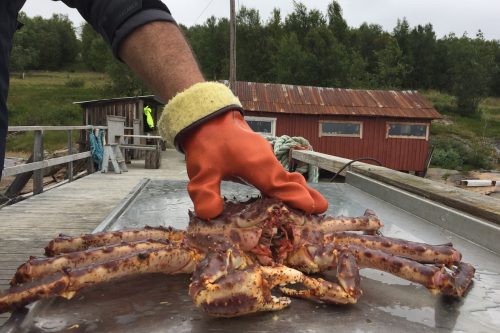
Miranda Westphal, a biologist with Alaska’s fish and game department told the New York Times on Friday that snow crabs are an Arctic species. Between 2018 and 2019, the Bering Sea “was extremely warm and the snow crab population kind of huddled together in the coolest water they could find,” she said. When the water warms, their metabolism increases, spurring them to eat more. “They probably starved to death and there was not enough food,” Westphal concluded.
Disease is also a theory, although it may be impossible to investigate. “We don’t know and we are never going to actually know because the crabs are gone,” she said.
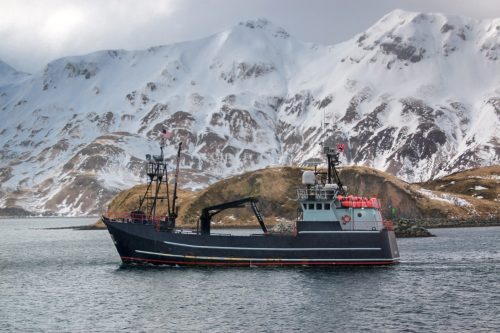
“It’s going to be very devastating to small businesses like myself and very devastating to the crab fleet,” said Gabriel Prout, 32, who runs a fishing business in Kodiak, Alaska, in the Times. In previous snow crab seasons, he caught 500,000 to 750,000 pounds of the crustaceans. Prout and other fishermen are calling for the state to provide disaster relief.

“It’s going to be life-changing, if not career-ending, for people,” Dean Gribble Sr., a 63-year-old crab boat captain, told CNBC. “A lot of these guys with families and kids, there’s no option other than getting out. That’s where the hammer is going to fall — on the crew.” According to NOAA, in 2020, 60 boats harvested snow crab, grossing about $132 million.














